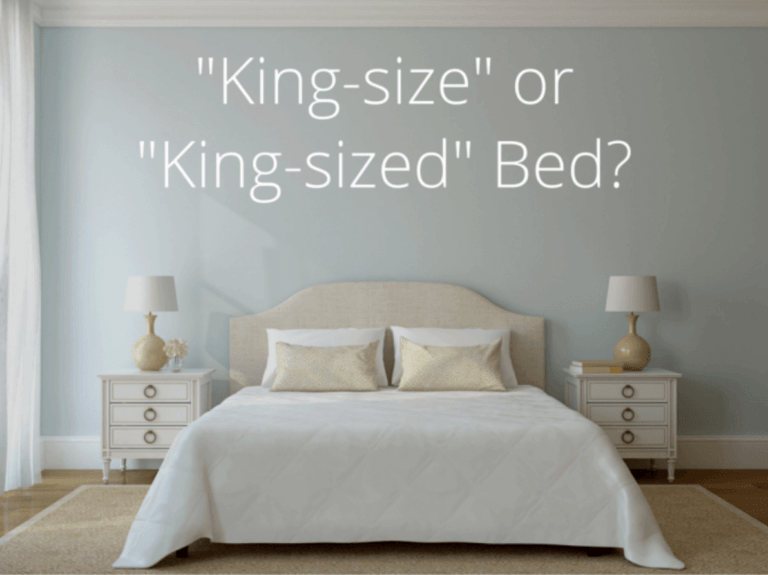Recently, you heard me talk about a “king-size” mattress from Casper, and that reminded me that a listener named Louie had asked me whether he should write about “small and mid-size businesses” or “small and mid-sized businesses.”
The short answer is that the better choice is “size,” not “sized”—”king-size” and “mid-size”—although some dictionaries list “king-sized” and “mid-sized” as alternatives.
Should you hyphenate ‘king-size’ and ‘mid-size’?
As is often the case with hyphens, the answer isn’t as clear—”king-size” usually appears hyphenated, but “mid-size” is routinely seen with and without a hyphen, and some dictionaries show it hyphenated and others don’t. Hyphenate “king-size,” and just decide which way you like to write “mid-size,” put it in your style guide, and be consistent.
Advertising helped establish words such as ‘king-size’ and ‘mid-size’
“Mad Men” fans will likely be as surprised and intrigued as I was to discover that, although the Oxford English Dictionary has one example of “king-size” from the early 1800s, it looks as if the term really only took hold once it appeared in Regent cigarette ads in the early 1940s. King-size Regent cigarettes fixed the term “king-size” in our modern vocabulary. Mattress makers expanded the regal universe to include “queen-size” in the late 1950s. Ads for mid-size cars may have also helped establish that term in American English, although “mid-size” did occasionally appear earlier in other contexts.
Bedroom interior. Provance. 3d render image courtesy of Shutterstock.




